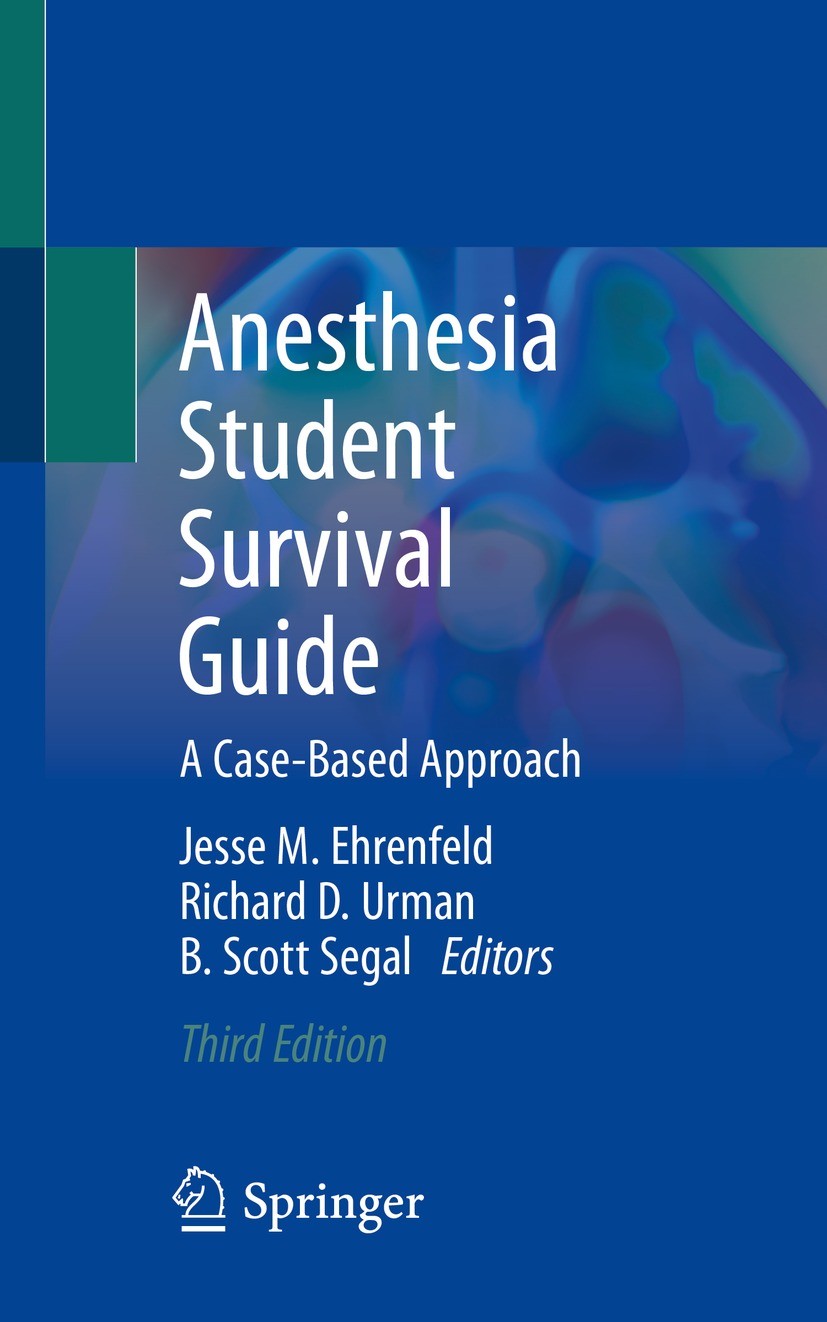Innovative Anesthesia Approaches for Optimal Patient Care
Innovative Anesthesia Approaches for Optimal Patient Care
The field of anesthesia has witnessed transformative advancements in recent years, with innovative approaches revolutionizing the way patients experience medical procedures. From enhanced monitoring techniques to personalized anesthesia plans, these innovations prioritize patient safety, comfort, and overall well-being.
Tailoring Anesthesia to Individual Needs
One of the key trends in modern anesthesia approaches is the move towards tailoring anesthesia plans to individual patient needs. This personalized approach considers factors such as medical history, age, and overall health, ensuring that the chosen anesthesia method is the most suitable for the patient’s unique circumstances. This customization contributes to a more precise and effective administration of anesthesia.
Advanced Monitoring Technologies
The integration of advanced monitoring technologies is a hallmark of innovative anesthesia approaches. Continuous monitoring of vital signs, including heart rate, blood pressure, and oxygen saturation, allows anesthesiologists to closely track a patient’s physiological responses throughout the procedure. This real-time data enhances the safety and responsiveness of anesthesia administration.
Minimizing Invasive Techniques with Regional Anesthesia
Advancements in regional anesthesia techniques have been instrumental in minimizing the invasiveness of certain procedures. Regional anesthesia, such as epidurals or nerve blocks, selectively numbs specific regions of the body, providing targeted pain relief without affecting the patient’s consciousness. This approach is particularly beneficial for surgeries involving the extremities or abdominal procedures.
Innovations in Pediatric Anesthesia
Pediatric anesthesia has seen notable innovations aimed at ensuring the safety and well-being of young patients. Child-friendly induction techniques, the use of colorful masks, and the integration of interactive distractions help alleviate anxiety in pediatric patients. Anesthesiologists specializing in pediatric care employ a gentle and tailored approach to make the anesthesia experience as comfortable as possible for children.
Enhanced Recovery After Surgery (ERAS) Protocols
The implementation of Enhanced Recovery After Surgery (ERAS) protocols is transforming postoperative care. These comprehensive approaches involve optimizing preoperative preparation, refining anesthesia techniques, and incorporating evidence-based perioperative care. ERAS protocols aim to accelerate recovery, reduce complications, and enhance overall patient outcomes.
Incorporating Mind-Body Techniques
Recognizing the impact of psychological factors on the anesthesia experience, some innovative approaches incorporate mind-body techniques. Practices such as guided imagery, relaxation exercises, and preoperative mindfulness help alleviate preoperative anxiety and contribute to a more positive anesthesia experience. These techniques align with a holistic approach to patient care.
Integration of Telemedicine in Anesthesia Consultations
The integration of telemedicine has streamlined anesthesia consultations, making them more accessible and convenient for patients. Virtual consultations allow anesthesiologists to assess patients remotely, discuss medical histories, and address concerns. This approach enhances patient engagement, facilitates preoperative planning, and contributes to a smoother overall anesthesia experience.
To explore more about innovative anesthesia approaches, visit Anesthesia Approaches. These advancements represent a commitment to enhancing patient care by embracing cutting-edge techniques, personalized strategies, and a holistic approach to anesthesia. As the field continues to evolve, patients can expect safer, more tailored, and more comfortable experiences during medical procedures requiring anesthesia.







